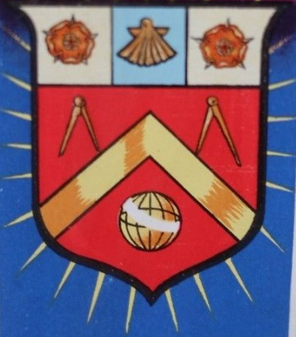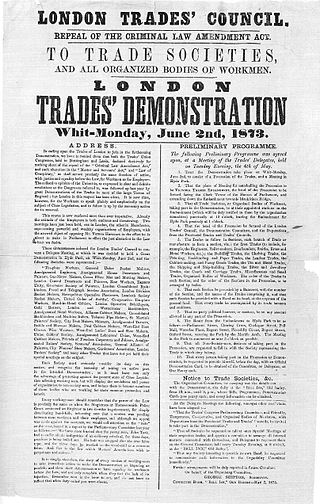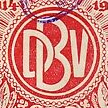
Carpentry is a skilled trade and a craft in which the primary work performed is the cutting, shaping and installation of building materials during the construction of buildings, ships, timber bridges, concrete formwork, etc. Carpenters traditionally worked with natural wood and did rougher work such as framing, but today many other materials are also used and sometimes the finer trades of cabinetmaking and furniture building are considered carpentry. In the United States, 98.5% of carpenters are male, and it was the fourth most male-dominated occupation in the country in 1999. In 2006 in the United States, there were about 1.5 million carpentry positions. Carpenters are usually the first tradesmen on a job and the last to leave. Carpenters normally framed post-and-beam buildings until the end of the 19th century; now this old-fashioned carpentry is called timber framing. Carpenters learn this trade by being employed through an apprenticeship training—normally four years—and qualify by successfully completing that country's competence test in places such as the United Kingdom, the United States, Canada, Switzerland, Australia and South Africa. It is also common that the skill can be learned by gaining work experience other than a formal training program, which may be the case in many places.

The Federation of Organized Trades and Labor Unions of the United States and Canada (FOTLU) was a federation of labor unions created on November 15, 1881, at Turner Hall in Pittsburgh. It changed its name to the American Federation of Labor (AFL) on December 8, 1886.

The International Transport Workers' Federation (ITF) is a democratic global union federation of transport workers' trade unions, founded in 1896. In 2017 the ITF had 677 member organizations in 149 countries, representing a combined membership of 19.7 million transport workers in all industrial transport sectors: civil aviation, dockers, inland navigation, seafarers, road transport, railways, fisheries, urban transport and tourism. The ITF represents the interests of transport workers' unions in bodies that take decisions affecting jobs, employment conditions or safety in the transport industry.

The United Brotherhood of Carpenters and Joiners of America, often simply the United Brotherhood of Carpenters (UBC), was formed in 1881 by Peter J. McGuire and Gustav Luebkert. It has become one of the largest trade unions in the United States, and through chapters, and locals, there is international cooperation that poises the brotherhood for a global role. For example, the North American Chapter has over 520,000 members throughout the continent.

Peter J. McGuire was an American labor leader of the nineteenth century. He co-founded the United Brotherhood of Carpenters and Joiners of America in 1881 along with Gustav Luebkert and became one of the leading figures in the first three decades of the American Federation of Labor. He is credited with first proposing the idea of Labor Day as a national holiday in 1882.

The Free Association of German Trade Unions was a trade union federation in Imperial and early Weimar Germany. It was founded in 1897 in Halle under the name Representatives' Centralization of Germany as the national umbrella organization of the localist current of the German labor movement. The localists rejected the centralization in the labor movement following the sunset of the Anti-Socialist Laws in 1890 and preferred grassroots democratic structures. The lack of a strike code soon led to conflict within the organization. Various ways of providing financial support for strikes were tested before a system of voluntary solidarity was agreed upon in 1903, the same year that the name Free Association of German Trade Unions was adopted.
Fritz Tarnow was a Social Democrat trade unionist and Reichstag deputy during the Weimar Republic.

The Amalgamated Society of Woodworkers (ASW) was a British trade union representing carpenters, joiners and allied trades. The ASW was formed in 1921 by the amalgamation of two smaller unions. It was itself merged into the Union of Construction, Allied Trades and Technicians in 1971.

Heinrich August Trinowitz (born 20 May 1879 in Fichthorst; died 10 January 1929 in Königsberg was a notable German unionist and social democratic politician.

The London Trades Council was an early labour organisation, uniting London's trade unionists. Its modern successor organisation is the Greater London Association of Trades (Union) Councils
The International Union of Woodworkers (IUW) was a global union federation bringing together unions representing wood carvers, carpenters and joiners.
The International Federation of Building Workers (IFBW) was a global union federation bringing together unions representing masons.

The Union of Miners of Germany was a trade union representing miners in Germany.
The Danish Woodworkers' Union was a trade union representing workers in wood manufacturing and construction in Denmark.

The German Hat Workers' Union was a trade union representing hatters in Germany.

The Central Union of Shoemakers of Germany was a trade union representing people working in the shoemaking industry in Germany.

The German Construction Workers' Union was a trade union representing building workers in Germany.
The Union of Saddlers and Portfolio Makers was a trade union representing workers involved in making saddles, bags and wallets.
The International Agitation Commission of Carvers was a global union federation representing people involved in carving wood for the construction industry.
The Swiss Woodworkers' Union was a trade union representing carpenters and those in related trades in Switzerland.













